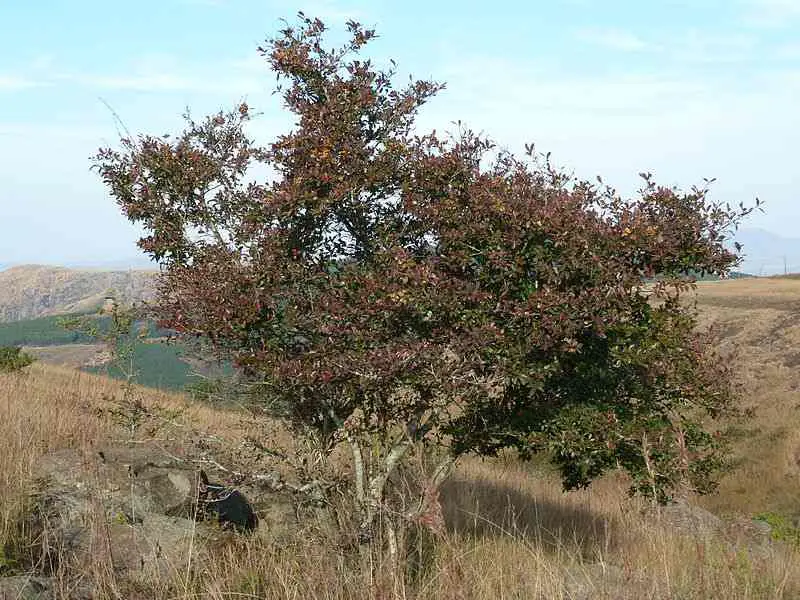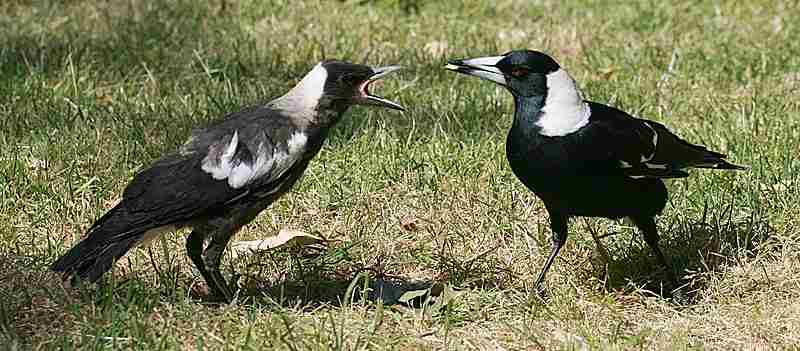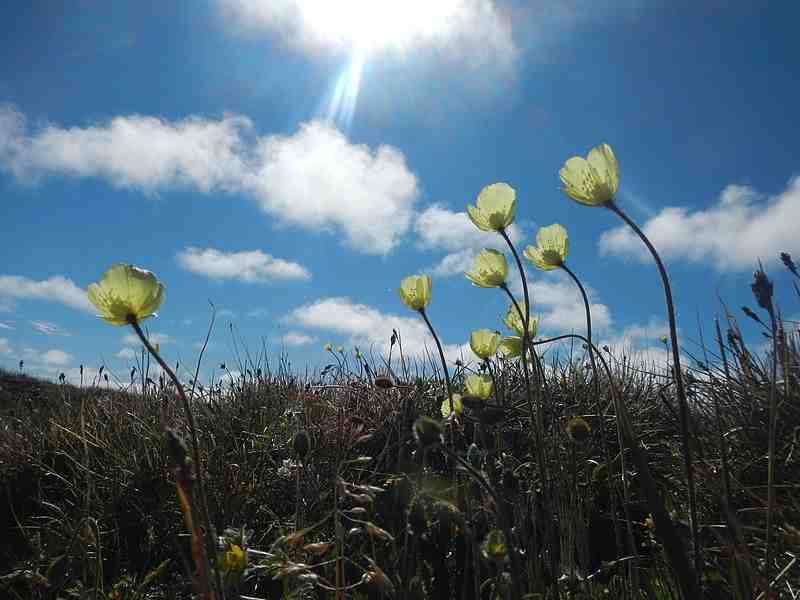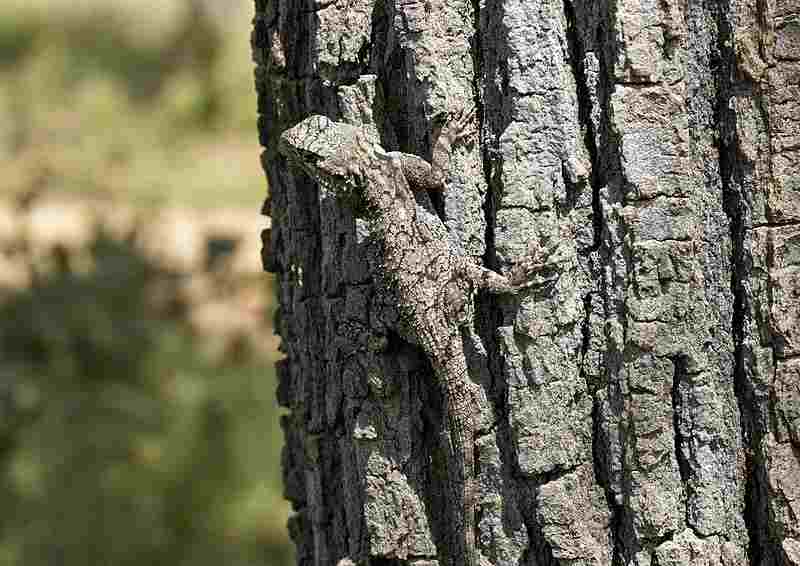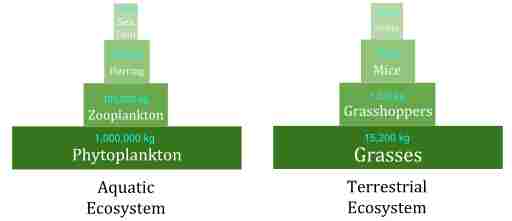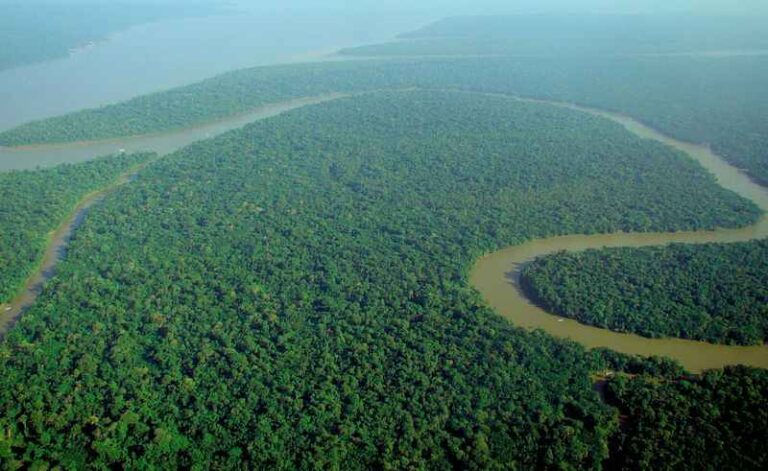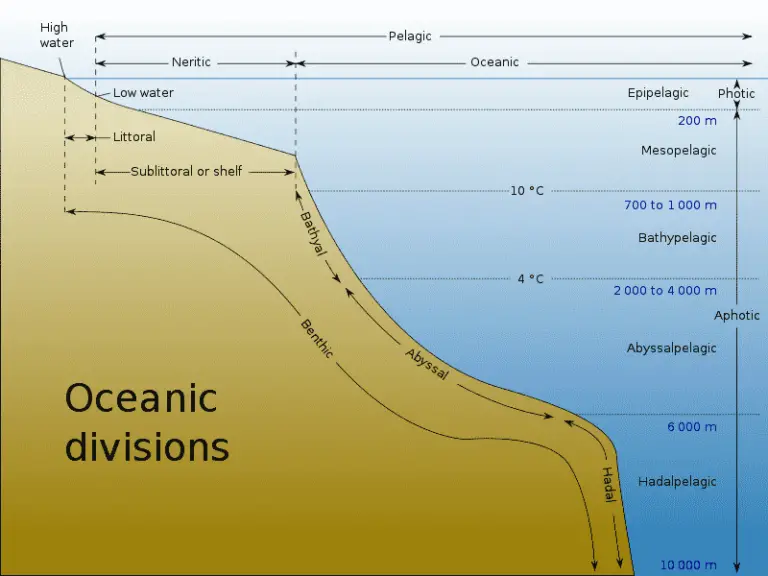Plants in the Savanna Biome and Their Characteristics Discussed
Plants in the savanna biome are; grasses like coolatai; shrubs like senna; trees like acacia; succulents like euphorbia; and forbs like ironweed.
This article discusses plants in the savanna biome and their characteristics, as follows;
1). Grasses in the Savanna (as a major group of Plants in the Savanna Biome)
Grasses are the most dominant plants in the savanna, which is also indicatively called the 'grassland'.
They are also essential as biotic components of the ecosystem, through their roles in the production of food and provision of organic micro-habitat, among other environmental influences.
Savanna grasses are highly-adaptive; having physiologic and behavioral attributes that enable them thrive in the presence of both biotic and abiotic stressors, such as the feeding activities of herbivores, and the general climatic condition in the savanna.
Many grass species in the savanna biome can regenerate rapidly; a capability that prevents them from being exterminated by both manmade and natural hazards like disease outbreak and wildfire. They are also generally able to withstand seasonal dryness, or drought [3].
Examples of grasses in the savanna ecosystem are; red grass (Themeda triandra), African foxtail grass (Cenchrus ciliaris), coolatai grass (Hyparrhenia hirta), pangola grass (Digitaria eriantha), and guinea grass (Panicum maximum).
Red grass is a specie of African savanna grass that grows perennially. It shares some similarity with African foxtail grass, whose physiological features include bristly spikes, and is ecologically resilient under diverse conditions.
Coolatai, pangola and guinea grasses are all perennial grasses that are well-distributed within the savanna.
The most common grass in the savanna is arguably red grass (Themeda triandra); which is geographically widespread and spatially abundant in most parts of the African grassland. This can be attributed to the ecological resilience of the specie, that makes it capable of rapid regeneration and hazard resistance.
However, there are geospatial variations in the dominant vegetation of savannas. This means that not every African grassland zone will have the same dominant or most-common specie.
2). Shrubs in the Savanna
Shrubs are an important group of plants in the savanna, which contribute to species richness and biodiversity in this ecoregion, while playing their roles as biomass-producers and food sources for herbivorous savanna animals.
Attributes of shrubs in the savanna include; intricate branching morphology, relatively-low height, and ecologic versatility/resilience.
Shrubs are generally woody in their tissue composition, and thrive in all major sections of the savanna.
Examples of shrubs in the savanna are; hop-bushes (Dodonaea spp.), senna (Senna spp.), and euclea (Euclea spp.).
Hop-bushes include shrubs of various physiologies that occur in deserts and semiarid savanna zones.
Many of the shrubs under this category are flower-bearing, and may also produce fruits with winged structures [2]. The leaves of hop-bushes are small and tough, and the plants themselves are designed to tolerate drought.
In the savanna, hop-bushes serve as micro-habitat for several insects and birds, as well as a food source for herbivores.
Senna plants can be called small trees of shrubs, depending on the factors being considered in their assessment.
They are leguminous plants, producing brightly-colored flowers and compound leaves; and they form a symbiotic relationship with soil bacteria that leads to intensive nitrogen-fixation within their territory. Since nitrogen is itself an essential soil nutrient, it can be said that the senna plant is useful for soil conservation and fertility improvement in the savanna.

The euclea refers to a group of savanna shrubs that; like senna, can also be described as small trees.
Features of this plant include the possession of tough leaves and the production of berries which serve as a source of food for some herbivorous birds.
Like other shrubs, the euclea is highly adaptive and tolerant of climatic changes. They are more common in the relatively-humid sections of the savanna.
3). Trees in the Savanna (as a major group of Plants in the Savanna Biome)
While they are not as dominant as in forests, trees are very present in the savanna, and play an important role as providers of shade, micro-habitat, food, as well as micro-climatic modification in their immediate environment.
The trees that thrive in savannas are generally adapted to all abiotic factors in the ecoregion, including soil, water, atmospheric gas composition, climate and physicochemical tendencies.
Examples of trees in the savanna are; baobab (Adansonia spp.) acacia (Acacia spp.), bushwillow (Combretum spp.), African mahogany (Khaya spp.), and terminalia (Terminalia spp.)
Baobab is a fairly-common tree in the savanna, whose distinctive features include a canopy of sparsely-spaced branches, and a massive trunk capable of storing water for use in dry periods.
The baobab tree also produces large fruits that are edible to many savanna herbivores.
Acacia is another well-known and symbolic savanna tree. Its adaptations are designed to aid survival under dry and hot conditions.
Physiological features of acacia include compound leaves, dome-like vegetative canopies, and branches equipped with thorns [4].
The acacia is able to access soil water at depth using an extensive taproot system. They also have small leaves for water loss-minimization.
Functions of the acacia include food-provision for birds and browsers (high-feeding herbivores) like giraffes; and shelter for various insects and birds.
Bushwillow is a small savanna tree that can be described as a shrub under some classification schemes. Their features include spirally-convoluted trunks as well as brightly-colored flowers that attract pollinators.
In addition to being part of savanna biodiversity, they are fruit/nectar sources and micro-habitats.

African mahogany is a large tree with tall trunks and relatively-vast vegetative canopies.
It is economically important as a source of high-quality timber, and in the savanna, plays ecologic roles as a reliable micro-habitat and micro-climate modifier.
Terminalia is a densely-foliated tree compared to other tree species in the savanna.
It exhibits deciduous tendencies, shedding most of its leaves in the dry season to conserve energy and water.
The fruits of terminalia trees are edible to herbivorous mammals and birds, while the leaves serve as manure to the soil.
4). Succulents in the Savanna
Succulents represent a broad group comprising all savanna plants with highly-specialized evolutionary traits for vascular water conservation.
Succulent plants are most common in deserts, and their adaptive features are mostly the result of desert climatic-constraints and other arid stressors.
However, some species of succulents also occur in the savanna, and mostly in the driest sections. Their occurrence here is directly attributable to the fact that savannas are geographically close to deserts, and prone to semi-arid conditions as well as desertification [1].
The name 'succulents' comes from the expandable vascular tissues of these plants, that becomes swollen with stored fluid for the plants' use. Parts of succulent plants where water is stored include; roots, stems and leaves.
Examples of succulent plants in the savanna are; snake plant (Sansevieria spp.), aloe (Aloe spp.), euphorbia (Euphorbia spp.), and adenia (Adenia spp.).
Snake plant or Mother-in-law's Tongue, as it is also called [5], is s succulent plant that occurs in the savanna, and is also domesticated as a house-plant in many urban areas.
Physiological attributes of this plant include thick, elongate leaved that have an upright profile and expandable tissues for water storage. The rugged nature of this plant makes it highly resilient, so that it thrives under a variety of conditions, in deserts, grasslands, and humid-equatorial zones. It is also useful as a buffer or cover crop for controlling erosion.

Aloe is yet another succulent plant that is adapted to semi-arid and arid conditions.
It is arguably the most well-known succulent plant, having fleshy and thick leaves for water storage, which enable it survive periods and environments of water resource-depletion and drought.
Other physiological features of this plant include spikes and flowers for pollination and self defense against herbivorous predators. Aloes are economically important for both ornamental and pharmaceutical purposes.
Euphorbia includes multiple plant species, some of which are succulent.
This plant is adapted to arid conditions, and characterized by small leaves as well as thick stems for minimizing water loss (by evapotranspiration) and storing water, respectively.
The euphorbia plant produces a milky sap that is irritating and potentially toxic; serving as a self-defensive feature for the plant.
Like euphorbia, adenia is a group of plants, many of which are succulents and can be categorized as shrubs, vines or tuber plants in other schemes of evaluation.
These plants store water by means their tubers or expandable stems, and produce flowers for pollination, as well as seed-bearing fruits that facilitate areal dispersal.
5). Forbs in the Savanna (as a major group of Plants in the Savanna Biome)
Alternatively called wildflowers or herbaceous plants in some studies; forbs represent an important group of plants in the savanna.
Although they are not the most dominant group, multiple roles are played by forbs in providing micro-habitat and food for animals, as well as contributing to overall organic diversity.
The tissue composition of forbs is non-woody. Their lifecycle duration ranges from one to two years, and they are highly adaptive.
Forbs in the savanna often produce flowers that are brightly-colored, often fragrant, and may contain nectar which attracts pollinators.
In order to survive dry conditions, many forbs have extensive taproots that can reach significant depth in search of soil water. Their metabolic rates may also reduce in dry season to minimize water loss.
Forbs are also adapted to resist extermination by hazardous events like wildfire.
They produce tough seeds that can be dispersed for their regeneration, and some species are equipped with rhizomes and bulbs that produce new shoots after the death or consumption of the plant.
Some examples of forbs in the savanna are; tussock (Hyparrhenia spp.), everlasting (Helichrysum spp.), and ironweed (Vernonia spp.).
Everlasting and ironweed are both perennial forbs, which produce flowers and are drought-tolerant. The everlasting forb is useful for medicinal purposes.
Tussock is often classified as a grass, and has an elongate profile. It is useful as forage for herbivorous grazers.
Conclusion
Plants in the savanna include;
1. Grasses
2. Shrubs
3. Trees
4. Succulents
5. Forbs
Generally, the adaptive features of plants in the savanna are designed for tolerance of seasonal weather changes, wildfires and semiarid conditions.
Most common savanna plants include red grass (Themeda triandra) and guinea grass (Panicum maximum).
References
1). Falkenmark, M.; Rockström, J. (2008). "Building resilience to drought in desertification-prone savannas in Sub-Saharan Africa: The water perspective." Natural Resources Forum 32(2):93 - 102. Available at: https://doi.org/10.1111/j.1477-8947.2008.00177.x. (Accessed 9 June 2023).
2). Hossain, M. A. (2018). "Biological and phytochemicals review of Omani medicinal plant Dodonaea viscosa." Journal of King Saud University - Science 31(4). Available at: https://doi.org/10.1016/j.jksus.2018.09.012. (Accessed 9 June 2023).
3). Wilcox, K. R.; Koerner, S. E.; Hoover, D. L.; Borkenhagen, A. K.; Burkepile, D. E.; Collins, S. L.; Hoffman, A. M.; Kirkman, K. P.; Knapp, A. K.; Strydom, T.; Thompson, D. I.; Smith, M. D. (2020). "Rapid recovery of ecosystem function following extreme drought in a South African savanna grassland." Ecology. 2020 Apr;101(4):e02983. Available at: https://doi.org/10.1002/ecy.2983. (Accessed 9 June 2023).
4). Young, T. P. (1987). "Increased thorn length in Acacia depranolobium -an induced response to browsing." Oecologia. 1987 Feb;71(3):436-438. Available at: https://doi.org/10.1007/BF00378718. (Accessed 9 June 2023).
5). Yumna, M.; Angelina; Abdullah; Arbianti, R.; Utami, T. S.; Hermansyah, H. (2018). "Effect of mother-in-law’s tongue leaves ( Sansevieria trifasciata ) extract’s solvent polarity on anti-diabetic activity through in vitro α-glucosidase enzyme inhibition test." E3S Web of Conferences 67(3):03003. Available at: https://doi.org/10.1051/e3sconf/20186703003. (Accessed 9 June 2023).
